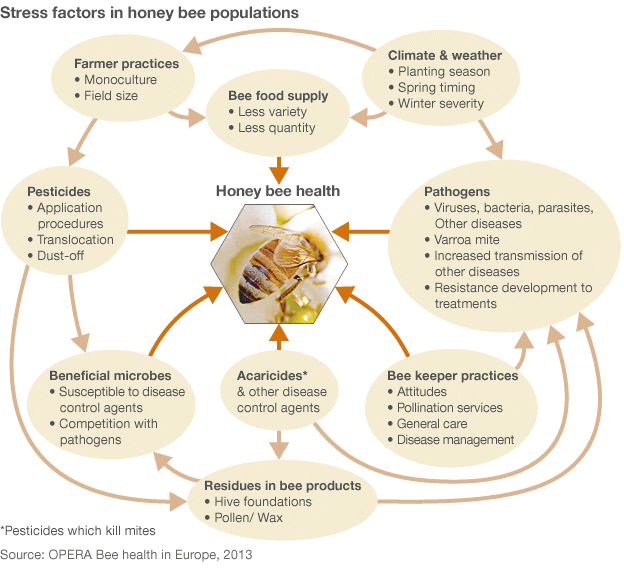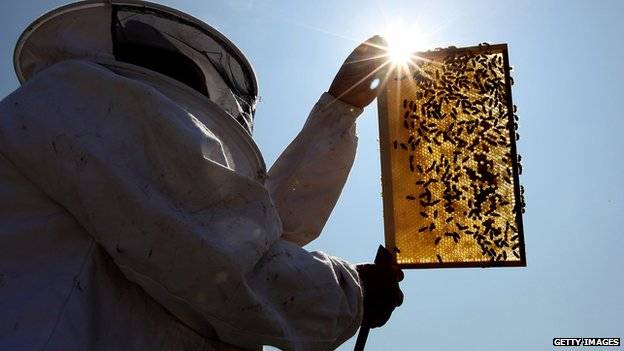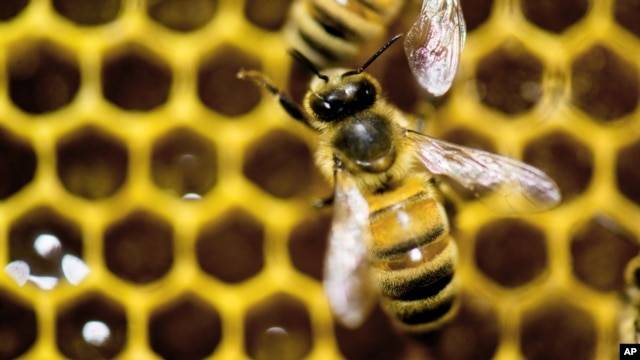- Banned
- #1
Zombie bees!!!
At last a reason for bee colony collapse disorder may have been found.
“Zombie” Fly Parasite Killing Honeybees | Observations, Scientific American Blog Network
At last a reason for bee colony collapse disorder may have been found.
John Hafernik, a biology professor at San Francisco State University, had collected some belly-up bees from the ground underneath lights around the Universitys biology building. But being an absent-minded professor, he noted in a prepared statement, I left them in a vial on my desk and forgot about them. He soon got a shock. The next time I looked at the vial, there were all these fly pupae surrounding the bees, he said. A fly (Apocephalus borealis) had inserted its eggs into the bees, using their bodies as a home for its developing larvae. And the invaders had somehow led the bees from their hives to their deaths. A detailed description of the newly documented relationship was published online Tuesday in PLoS ONE.
“Zombie” Fly Parasite Killing Honeybees | Observations, Scientific American Blog Network







